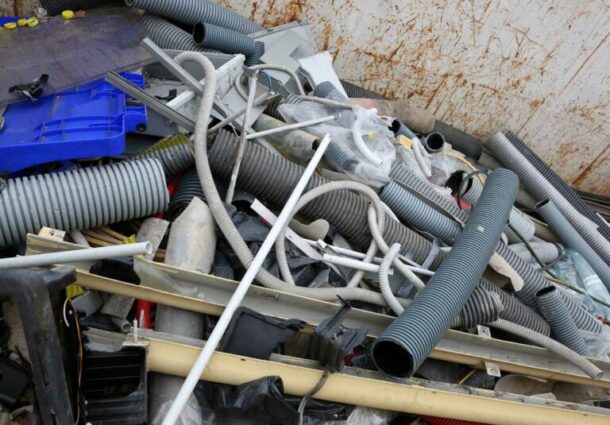Industry Report Examines Plastic Pipe Materials and Health Impacts
The latest report from Safe Piping Matters covers upcoming research showing commonly used plastic pipe materials can release significant amounts of microplastics and nanoplastics into plumbing systems. It also provides a look at current studies examining how these and other tiny plastic particles affect human health, including impacts on the gut, lungs, brain, and reproductive organs, as well as increasing risks from related toxins and pathogens.

“The explosion of plastic pollution around the world continues to contaminate drinking water, food, and air with microplastics,” said Paul Hagar, Executive Director of Safe Piping Matters. “Our report shows why the plumbing industry needs to study the ways in which plastic pipe materials contribute to microplastic contamination.”
The report summarizes a study from Polish researchers who analyzed materials taken from water-transmission systems and found that plastic materials degrade “relatively quickly” as they age. Scans of the interior pipe surfaces showed peeling and flaking that released plastic particles into the water, adding to humans’ already significant exposure to ingested microplastics.
Plastic Pipes Microplastics and Health Impacts Report
The report also looks at issues such as chemical leaching in addition to shedding of micro- and nano- particles from common plastic pipe materials PVC (polyvinyl chloride), PE (polyethylene), PEX (cross-linked polyethylene), and CPVC (chlorinated polyvinyl chloride). It then reviews effects that medical studies have begun documenting on humans and/or lab animals, describing associations with cancer, cell death, tissue inflammation and damage, disruption of nervous function, reduced fertility, and other impacts.
“Architects, engineers, and contractors who care about the health and safety of building occupants should consider these issues when selecting piping materials,” says Hagar. “Emerging research does not support industry claims of rigorous testing standards and product safety.”




Join the conversation: